Avoid food waste with these 12 tips to help you with every step of the process, from shopping to storing food properly to eating what you have before it goes bad. Tackling food waste reduction has never been so easy!
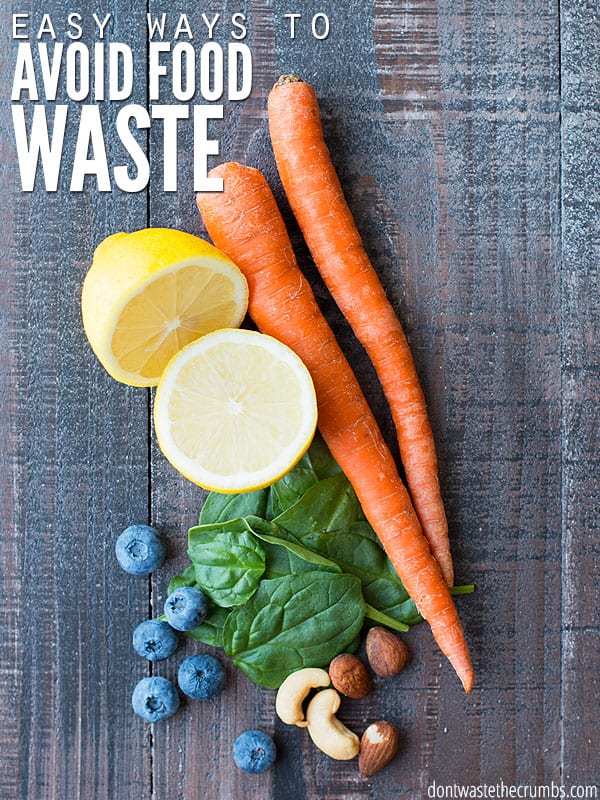
If your trash can contained one less bag each week – or even half a bag less – how would that impact your grocery bill?
On average, Americans waste 40% of the food they buy. This amount of food waste is staggering to me!
Finding creative ways to use food scraps is one way to save money, and finding even more simple ways to stop wasting food in your home every week can add up to significant savings.
How so? The savings are two-fold:
- By not wasting food, we’re saving future money. No shopping list, no checkout, no greenhouse gas emissions. We stay home and eat what we already have.
- Eating the food we have (including leftovers) is saving money we’ve already spent. Food from the supply chain costs money. When food goes in the trash, money goes in the trash. If you’re throwing away 40% of the $400 you spend on groceries, that’s $160 in the garbage!
But we know that theory is only half the battle. Putting it into practice is a different ballgame. To help you with this, here are some of my top practical tips to reduce food waste.
12 SIMPLE WAYS TO AVOID WASTED FOOD
1. SHOP WITH A LIST AND STICK TO IT. DON’T BUY ON IMPULSE.
I’m a broken record to say stick to your shopping list at the grocery store, but how many times do you NOT follow this advice? Do you ever shop without a list at all?
Putting something in your cart that isn’t on your list is buying on impulse. It’s really that simple.
If you find yourself adding impulse buys to the cart often, you may want to consider grocery pickup instead of shopping in the store yourself. Or you may want to set aside a certain amount of your grocery budget each week for treats and use only that much toward the items that catch your eye.
Regardless of how you decide to treat impulse buys, take 5 minutes to write a shopping list, stick to it while shopping, and you’re guaranteed to prevent food waste at home.
2. DON’T BRING HOME ANYTHING THAT DOESN’T HAVE A PURPOSE.
This includes random items that caught your eye while shopping AND items you stockpile too. If you don’t know what you’re going to use it for, don’t bring it home. No more “it was on sale” or “I’ve never seen it priced that low before” items in the cart.
Writing out and sticking to a meal plan, like this healthy, budget friendly monthly plan, helps ensure that everything in your cart has a purpose.
Make it a rule of thumb that if you put something in your cart, it falls into one of two categories:
- You know exactly what you’re making with it.
- It’s a staple in your pantry (and you’ll be eating it within the month).
If your item doesn’t pass this test, don’t put it in the cart!
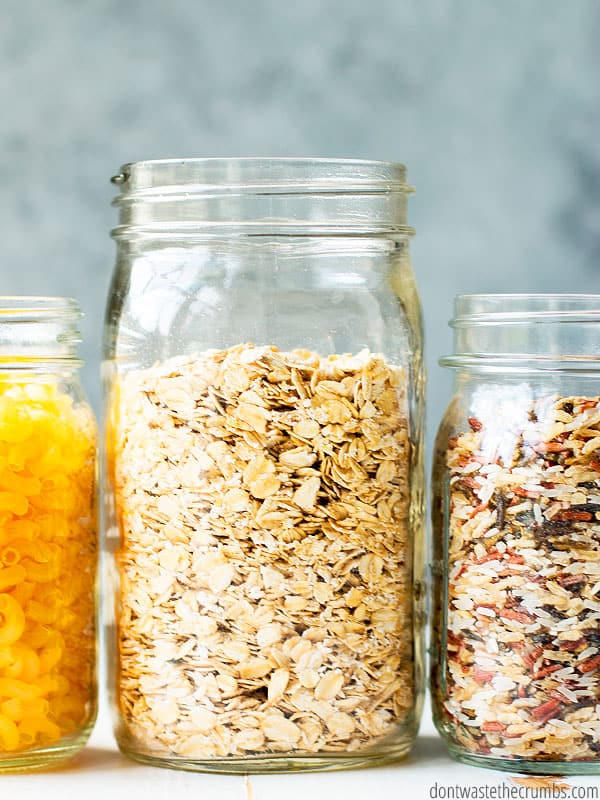
3. EAT LEFTOVERS FOR LUNCH, NO MATTER HOW RANDOM THEY MAY BE.
You never know when you’ll come up with a new recipe you might like. Inspired by a batch of Spinach Pesto I made recently, I combined saved food – leftover rice, leftover cannellini beans, and two scoops of pesto – for quite possibly the best beans and rice dish I’ve ever had.
It also eliminated a container from the refrigerator and saved food from going into the trash can.
4. PLAN “LEFTOVERS” FOR DINNER EVERY 3-4 DAYS.
This could literally be eating leftovers straight out of the fridge, or making a new meal that uses leftovers as ingredients (think salads, stir-fry, baked potato bar, sauce, rice, or pasta).
In either case, put “leftovers” on the meal plan at least once a week to help stop wasting food.
5. LIMIT TRASH TO ONE BAG PER WEEK.
Every time you open your trash can to throw something away, you’ll be reminded that this is the only bag you have for the whole week. Are you SURE this item is waste? There’s nothing you can make from it? That you’re not throwing it away simply because you don’t want to eat it?
6. KEEP A FOOD WASTE JOURNAL AND WRITE DOWN EVERYTHING YOU THROW AWAY.
Similar to #5, except the mental connection is even greater when you write something down. Plus, you can track the items that get thrown away over time, hopefully allowing you to identify a pattern. It’s surprising how much may get thrown away when you actually write it down instead of estimate!
- Is the same child throwing away portions from their plate every night? Serve them less.
- Are orange peels taking up space? Freeze them for Stove-Top Potpourri or use them to infuse Citrus Vinegar.
- Fruits and veggies gone soft? Puree them and freeze them into Homemade Ice Pops or freeze them in an ice cube tray for smoothies.
- Is this food truly done for? If so, you can always compost organic waste. Then those scraps will have new life fertilizing your garden!
A simple and small memo book would do the trick. Stick a pencil in the spiral and keep it by the trash can so you don’t forget to write it all down!
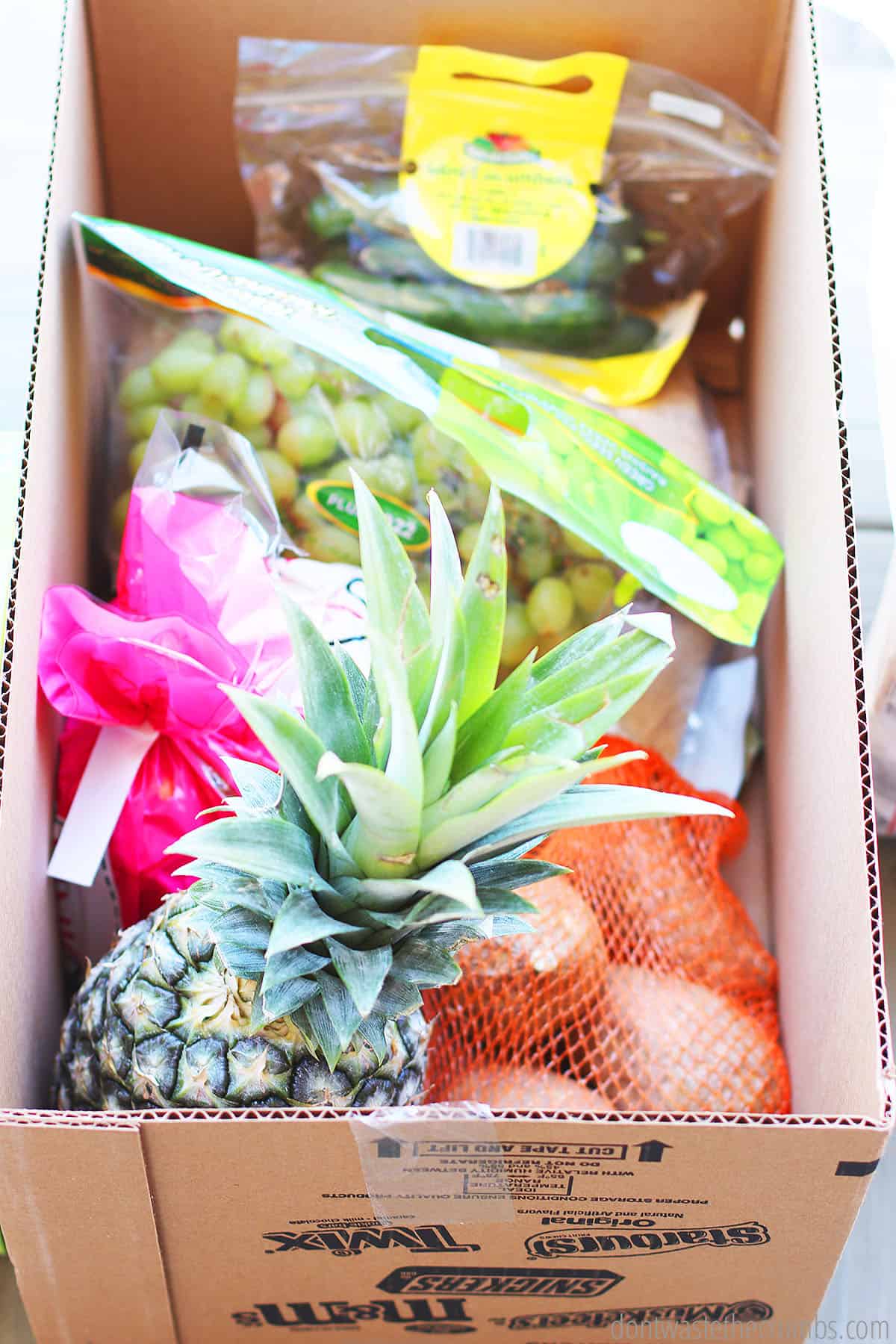
7. EAT HIGHLY PERISHABLE PRODUCE FIRST AND LESS PERISHABLE PRODUCE LAST.
The lifespan of produce will vary depending on a few different variables…how recently it was picked, organic vs. conventional, the temperature of the fridge, the humidity of the fridge, etc., but it’s helpful to have a general idea how long fruits and vegetables will last to avoid produce waste.
- 1-2 Days: berries, eggplant, herbs, lettuce
- 2-4 Days: beet greens, corn, cucumbers, green beans, broccoli, mushrooms, radishes, spinach, yellow squash
- 4-6 Days: beets, cauliflower, celery, citrus, cucumbers, ginger, pears, peppers, zucchini
- 7+ Days: apples, cabbage, carrots, garlic, onions, potatoes, pumpkin, sweet potatoes, winter squash
When you’re meal planning one week at a time, plan your meals with these rules of thumb and then take inventory mid-week to see how everything looks, re-arranging meals as needed.
8. STORE PRODUCE PROPERLY.
In order to avoid produce waste, proper storage is key. Here are a few general rules of thumb:
- Cooler is usually better than cold. Store food in the basement, garage or even outside.
- Tomatoes, onions, potatoes, bananas, apples, garlic, sweet potatoes, mangoes, plums, peaches, and pears are best stored at room temperature (think countertop).
- You don’t have to wash EVERYTHING as soon as you get home. In fact, mushrooms and berries do best if you wash just before using.
- I tend to store foods with similar “going bad time frames” together. Ex: lettuces, beet greens, and herbs in one bag; celery, carrots, and zucchini in another.
And here are some tricks that squeeze a few more days out of produce:
- Refresh wilted greens in a glass of water for several hours (inspired by this cool trick). The leaves will “drink” the water and gain stiffness from the inner leaves working outward.
- Snip the ends of herbs, spinach, and asparagus and store upright in water for an extra day or two of storage. (If you don’t have a plan for the herbs, freeze them for later.)
- Unwashed greens store REALLY well in plastic grocery bags. I can store them this way for two days before having to actually DO something with them.
- Washed greens should be stored with either a paper towel or a cloth napkin to absorb moisture. Be sure to dry well and store in either a container with a lid or in a bag, placing the paper towel on top of the greens.
- Ethylene is a gas sprayed on some fruits to cause delayed ripening (i.e. picked early, shipped a distance, and ripened upon sitting). Keep foods that are sprayed with ethylene away from other produce if possible, to prevent the gas from ripening your other produce.
9. COOK LESS FOOD.
If you find yourself with too much food on your hands and your family doesn’t like eating leftovers, cook less at a time.
Yes, this means you will have to cook more often. But you can’t have it both ways. The basic premise behind cooking less often IS eating leftovers.
So, you’ll have to decide which it will be. Either eat leftovers or cook less food.
10. PRESERVE FOOD.
While many families buy extras to preserve on purpose, there’s nothing wrong with preserving as needed. In fact, we do this all the time to avoid food waste.
If produce is going bad faster than you can eat it, start saving food by freezing, blanching, or dehydrating. Your preservation method will change depending on the different foods you’re working with, and you might even have to do a combination of them to maintain quality.
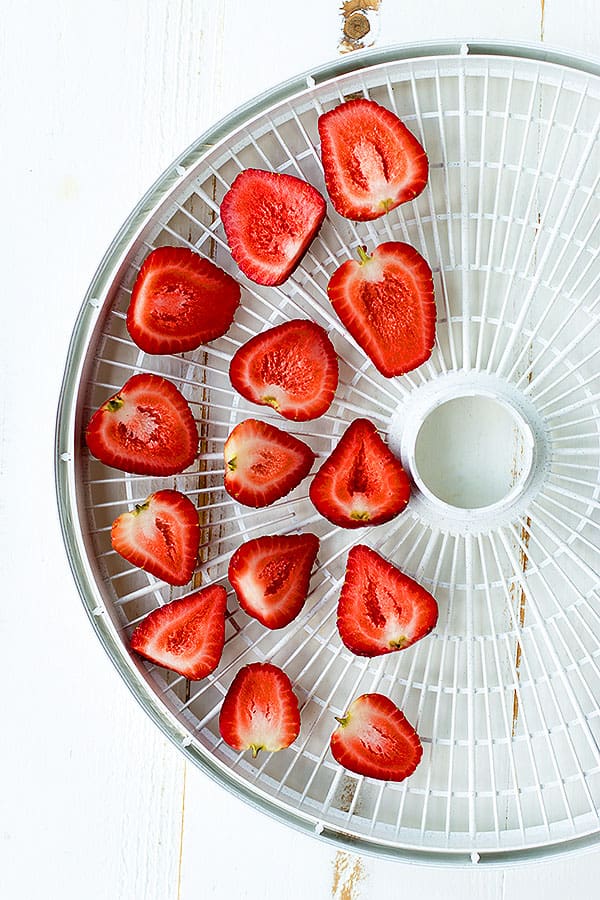
11. IGNORE EXPIRATION DATES – THEY HAVE NOTHING TO DO WITH FOOD SAFETY. USE THE SMELL TEST INSTEAD.
Check out what the United States Department of Agriculture has to say about expiration dates.
A “Use-By” date is the last date recommended for the use of the product while at peak quality. The date has been determined by the manufacturer of the product… Except for “use-by” dates, product dates don’t always pertain to home storage and use after purchase. “Use-by” dates usually refer to best quality and are not safety dates. Even if the date expires during home storage, a product should be safe, wholesome, and of good quality if handled properly.
So, there you go. The next time someone in your family wants to throw away an entire gallon of milk merely because of the date on the jug, sniff the milk to see if it still smells okay, and pull up this post.
12. WHEN YOU’RE TRYING A NEW ITEM, BUY JUST ENOUGH.
We’ve all done it – bought a new-to-us ingredient for a recipe and chose the bigger package because it was the better deal. And then we made the recipe that turned out awful and now we have 1.3 gallons of some weird sauce in the pantry.
Start by buying the smallest size of something new, and if it turns out to be a winner, look for the best price on that ingredient from here on out.
For even more tips on lowering your grocery bill, check out the FREE Fight Inflation Workshop. These three video sessions focus on saving money on groceries NOW – despite the rising cost of food. Find out more here.
MORE WAYS TO SAVE MONEY ON FOOD
- Eating Real Food on a Budget
- 10 Steps to Stretching Meat
- 13 Ways to Use Food Scraps
- Practical Ways to Save Money on Groceries Right Now
- 6 Tips to Help You Stick to a Meal Plan
- 13 Tips for Planning a Freezer Cooking Day
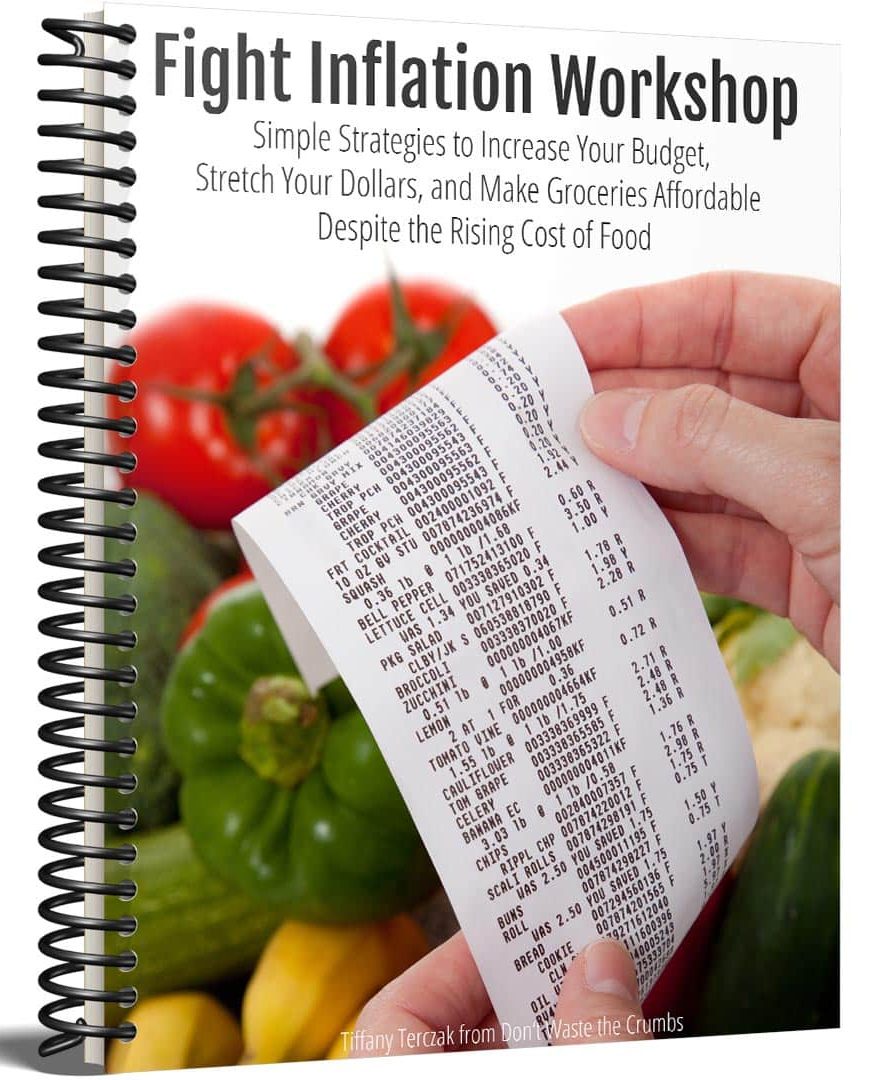


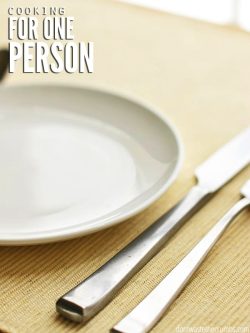
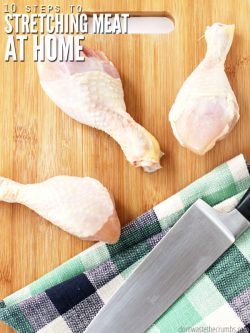
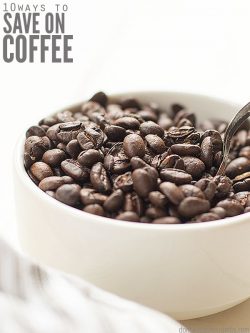
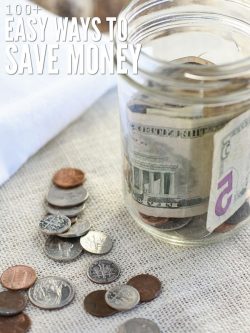


I use my orange and lemon peels to make extracts for cooking.
I just threw away a pound of ground beef because it was 5 days past the “use by” date. From this post I’m wondering if that was unnecessary? Hate wasting food.
Unfortunately I didn’t check the date on this when I bought it so it was already passed.
I’m sorry Angel, but that wasn’t necessary. Next time use the smell test!
I’ve been canning tons of tomatoes this month. I just discovered a clever idea to use the skins. Tomato powder. I’ll be dehydrating tomatoes next, so I plan to also dry skins from my blanched tomatoes. Blend the skins in the blender to make a powder for seasoning soups, rice, dressings, etc.
GREAT idea Sara! Thanks for sharing!
I didn’t know you could do that! Most of the time I leave the skins on, but if I peel the tomatoes, I put the skins in my compost. I never thought to dry them and use them as tomato powder. Excellent idea, Sara! You’re to be commended.
I have dried my blanched skins in my dehydrator before, too. Dried tomato skins can be crushed into a powder or flakes to add to soups or stews and even gravy. Sometimes, if I have added too much liquid to my spaghetti sauce, I add some of the powder to perk up the flavour.
Every Monday at our house is soup night. I make a large pot of cheap soup. This gives me plenty of leftovers for lunches during the week for all of us. The soup usually costs about $6-$8 since I use meat sparingly. Most of the soups use homemade broth, beans, leftover veggies from the week and 1/2 pound or less meat. Not only can you use up leftover bits to make it, but then it becomes planned leftovers for the week.
Can you maybe show me where u got the information from about Ethelyne gas? I was under impression that it was a natural bi product of fruits as they ripen. Bananas being a big one. I’ve never heard of it being sprayed on produce. Or it being sprayed in produce to PREVENT ripening. ( I think it’s opposite). But maybe you are privileged to information I am not aware of. Can you site your sources on this and where to find more info?
Sure Karen – this is a good place to start the rabbit trail. You’ll see several chemicals that are used to force the ripen of fruits, as well as metabolic inhibitors can prevent ripening by preventing the natural occurrence of biological reactions that would normally occur: http://ethicalfoods.com/sprayed-produce-harvest/
These are all great tips! We never throw food scraps in the garbage. If, even after all these kind of tips, it doesn’t get eaten by us, it goes to the dog, the chickens, or the compost pile. That way we can at least use less dog food and chicken feed, and get some tasty eggs and garden produce out of it!
Those are exactly my thoughts too Katie!!
That’s what we do too Katie!
Another great way to use up leftovers is minestrone soup! I keep two Ziploc bags in the freezer — one for veggie scraps like carrot tops and onion skins, etc., which I then use to make veggie broth, and a second Ziploc bag to hold leftovers that would be used in soup, such as leftover herbs, a serving of rice, a scoop of pasta, etc. Then I use the broth as a base, and add in the leftovers. If needed, I’ll add in beans, macaroni, lentils, dehydrated zucchini, and a tbsp. or two of frozen tomato paste, and boil it all up to make a sort of minestrone soup. It’s delicious, and it’s almost always made out of scraps! My latest version even included a batch of watermelon rind kimchee that didn’t lacto-ferment (but was safe to eat). Delicious, and never the same twice!